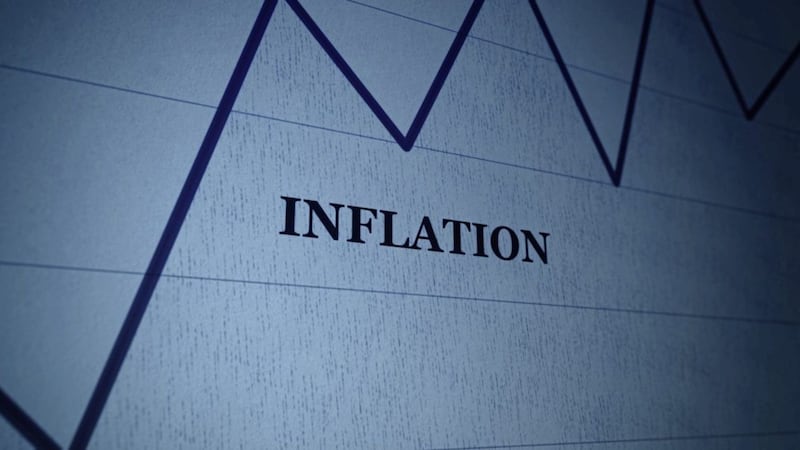RIGHT now, financial soothsayers will be making their predictions of where the ‘smart money’ should be allocated. And as events of the last two years have shown, it's impossible to say with certainty how the chips will fall in the future.
As professionals, what we can do is assess the current state of play and how we have arrived here, and use this to help forecast some possible outcomes for the coming months ahead. This insight should guide us in our asset allocation, so that we can weather the economic storms we may encounter along our investment journey.
So, what does the current state of play look like for investors? The last few decades have been characterised by abundant supply, from workers to commodities, which have helped to keep price pressures contained amidst decent demand growth. However, the road ahead could be quite different.
The clearing price for demand and supply in labour markets, namely wages, is already indicating a mismatch: surging wages in many economies speak of the reduced supply of labour. Some of that is most likely temporary, with the pandemic jumbling incentives and priorities for many workers.
Nonetheless, we think central bankers are right to worry a bit more on this front, and recent CPI figures in the UK and US suggest that inflation risk will be at the forefront of decision-makers’ minds in 2022. The Bank of England raised interest rates marginally in mid-December in its first move to temper inflation, while the US Federal Reserve has indicated that it will implement three rate hikes over the next 12 months, starting as early as April.
At a very basic level, the widely accepted strategy for combatting inflation is indeed to raise interests. Why? Higher interest rates encourage more saving and less spending (particularly the debt-funded type) by consumers, which in theory leads to a reduction in prices as demand for goods and services falls. However, with the pandemic continuing to disrupt many businesses and in turn productivity, as well as the employment rate, central banks are facing a ‘stick or twist’ dilemma when it comes to inflation.
The ‘stick’ approach would be to try and navigate the inflationary path with composure and zen-like patience. The hope is that supply chains which became blocked during the pandemic will continue to unclog in coming months. This would increase supply and help meet the current pent-up demand. In this case, we would see some of the pricing pressure released without too much intervention from central banks.
In stark contrast, a ‘twist’ approach could potentially see rates hiked more assertively and on a much steeper trajectory, with the expectation that inflation would ease, as spending and savings habits adjust accordingly.
At the moment, the major central banks (including our own) seem much more aligned to the ‘stick’ approach. There is a real possibility that inflationary pressure will indeed ease as supply chains return to full capacity and this would go some way to solving the problem on its own.
Let’s also think about the impact of steep interest rate rises on capital markets. Share and commodity prices, bond yields and the foreign exchange market would all be affected in different ways, which could lead to investors and businesses rethinking their strategies.
Central banks are therefore walking an economic tightrope at present, treading very carefully, as even the slightest sign of future intent has been shown in the past to spook the markets.
It will be intriguing to see how policy-makers decide to manage inflation in 2022 and beyond. There are numerous potential outcomes on the horizon, and the pandemic will continue to have a major role in how this plays out.
Investors should exercise humility and hold a suitably diversified group of assets to reflect the uncertain road ahead.
:: Mark Rooney is a wealth manager at Barclays Wealth and Investment Management team in Belfast.








